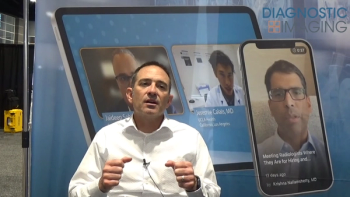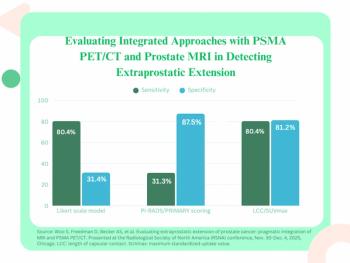
Philips elevates customer satisfaction to executive level
M&A fever has assumed a low-grade persistence, popping up from time to time in mergers and acquisitions whose motivations are light-years from those seen a decade or two ago. Rather than accretive earnings and expanded installed bases for service, corporate futurists are seeking to build expertise and portfolios that broaden and intensify core capabilities or replace alliances that no longer serve their purposes.
M&A fever has assumed a low-grade persistence, popping up from time to time in mergers and acquisitions whose motivations are light-years from those seen a decade or two ago. Rather than accretive earnings and expanded installed bases for service, corporate futurists are seeking to build expertise and portfolios that broaden and intensify core capabilities or replace alliances that no longer serve their purposes.
Achieving synergy is the challenge, one easier met on paper than in practice. Philips Medical Systems is wrestling with this reality. Years have passed since Philips Medical Solutions acquired ultrasound pioneers ATL and Agilent (Hewlett Packard), nuclear medicine specialist Adac Labs, and multimodality vendor Marconi Medical (Picker International). Philips' M&A surge is still going on. The company last August turned Stentor into its global PACS business unit, even as the true potential of its earlier acquisitions had yet to be realized.
"The operational integration of these companies has taken place at the 99% level. But how we interact as a team for the customer - that is the piece we really want to focus on now," said D. Brent Shafer, president and CEO of Philips Medical sales and service for North America.
It is precisely this corporate nuance that is so difficult to grasp. Philips is seeking it in customer satisfaction, charging a "senior director" and several "relationship managers" with the duty to make customers happy with what they get from the company, not only in the near term but in the long term as well. Their purview spans everything that Philips should provide, from equipment delivery and performance to continuing operation.
"In business, you often get silo views," Shafer said. "We're getting away from that by focusing on how the whole process comes together, looking at it from multiple angles."
Philips now has all the pieces in place, he said. Stentor's iSite has produced a formidable PACS offering, the CT and MR portfolio is buoyed by former Marconi (i.e., Picker) products, ultrasound took shape through a congregation of HP and ATL products, and nuclear medicine appeared with a relabeling of Adac Labs equipment. The company had no need to strengthen its vascular products, which for decades have comprised world-class offerings. The difficulty is bringing these myriad technologies together for the customer.
"We have to make them all play together to help the customer get the best utility out of them all," Shafer said. "This should be more than the sum of the products."
The means for doing this is to look hard at customer satisfaction, he said. Ergo, the need for a senior director of this discipline and his relationship managers. They focus on the overall satisfaction of the account. This includes the fulfillment of orders and project management but also involves utilization of the equipment in routine clinical practice.
"We go beyond the transaction itself," Shafer said.
Human relationships are the glue that holds deals together, according to Shafer.
"Relationships enable business possibilities," he said. "So we are here to serve."
Newsletter
Stay at the forefront of radiology with the Diagnostic Imaging newsletter, delivering the latest news, clinical insights, and imaging advancements for today’s radiologists.




























